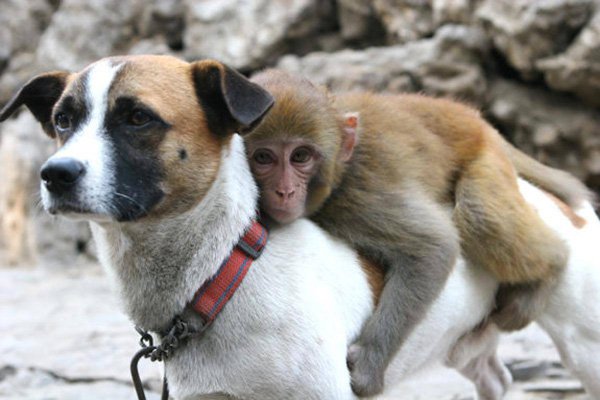For any dog owner seeing your pet having a seizure can be an extremely stressful and upsetting experience. There is no need to panic. Watching carefully for the signs and identifying the causes for seizures in dogs, can go a long way to putting your mind at ease. Equipping yourself with this knowledge will assist you in finding the correct treatment for your beloved pet.
This medical condition in dogs does not mean that your pet is going to die. Not at seizures are the same. Some can last longer or dogs can experience them quite often but each one varies.
When your dog falls over or becomes rigid he or she has had something called a Clonic Tonic seizure. This generalized seizure will continue for approximately half a minute. Your canine friend will appear to go rigid. Once this has passed, the limbs may flail about as if it is flailing in mid air. On careful inspection you will notice that the mouth is clenching. In effect there are 2 stages which they go through with this type of fit.
A seizure which is not commonly found in dogs is called the absence seizure. A lot of canines may have difficulty standing and may pass out. They seem as if they are staring into space. Yet another classification is a focal seizure which is also know as complex partial. The brain is affected and there may be twitching limited to one side of the face for example or jerking of a limb on just one side.
A condition where the animal will tend to bite itself, charge around like a lunatic or become aggressive is known as a Complex Partial seizure. Animals may also suffer from a type of epilepsy and a fit can last up to 30 minutes. This is considered to be a life threatening condition.
Multiple occurrences of episodes is considered to be a Cluster Seizure. The behaviour may be affected in the beginning phase, and your dog may salivate continuously, or make strange whining noises. In addition to this, they may urinate over themselves. In the next stage of this condition a dog may start to convulse and become stiff as if paralyzed. In the final stage the seizures may cease, but the dog will appear dazed and confused, maybe disorientated and not appear to recognize where he or she is.
It is essential than when your pet is having an episode, that you do not attempt to grab hold of its tongue to prevent your beloved companion from swallowing it. Your dog is unaware of what is going on, and may clamp its jaws over your hand causing serious injury to you requiring medical attention.
Should you suspect that your dog is having any of the symptoms listed here, it is strongly recommended that you discuss it with your veterinarian in order to get the correct treatment. These conditions can almost always be successfully treated. Always give your veterinarian as many details as possible. Perhaps make a note of all the symptoms you have witnessed. With the correct treatment and medication your pet can live a good healthy life.

 Dachshunds And Disc Disease
Dachshunds And Di
Dachshunds And Disc Disease
Dachshunds And Di
 What To Do If You Have Visitors Who Are Afraid Of Dogs
What To Do If You
What To Do If You Have Visitors Who Are Afraid Of Dogs
What To Do If You
 10 Misconceptions People Commonly Hold About Insects
10 Misconceptions
10 Misconceptions People Commonly Hold About Insects
10 Misconceptions
 Horse Maintenance and Care: Top 5 Priorities
Horse Maintenance and Care: Top 5 Priorities
H
Horse Maintenance and Care: Top 5 Priorities
Horse Maintenance and Care: Top 5 Priorities
H
 How To Keep Turkeys So They Stay Healthy
How To Keep Turke
How To Keep Turkeys So They Stay Healthy
How To Keep Turke